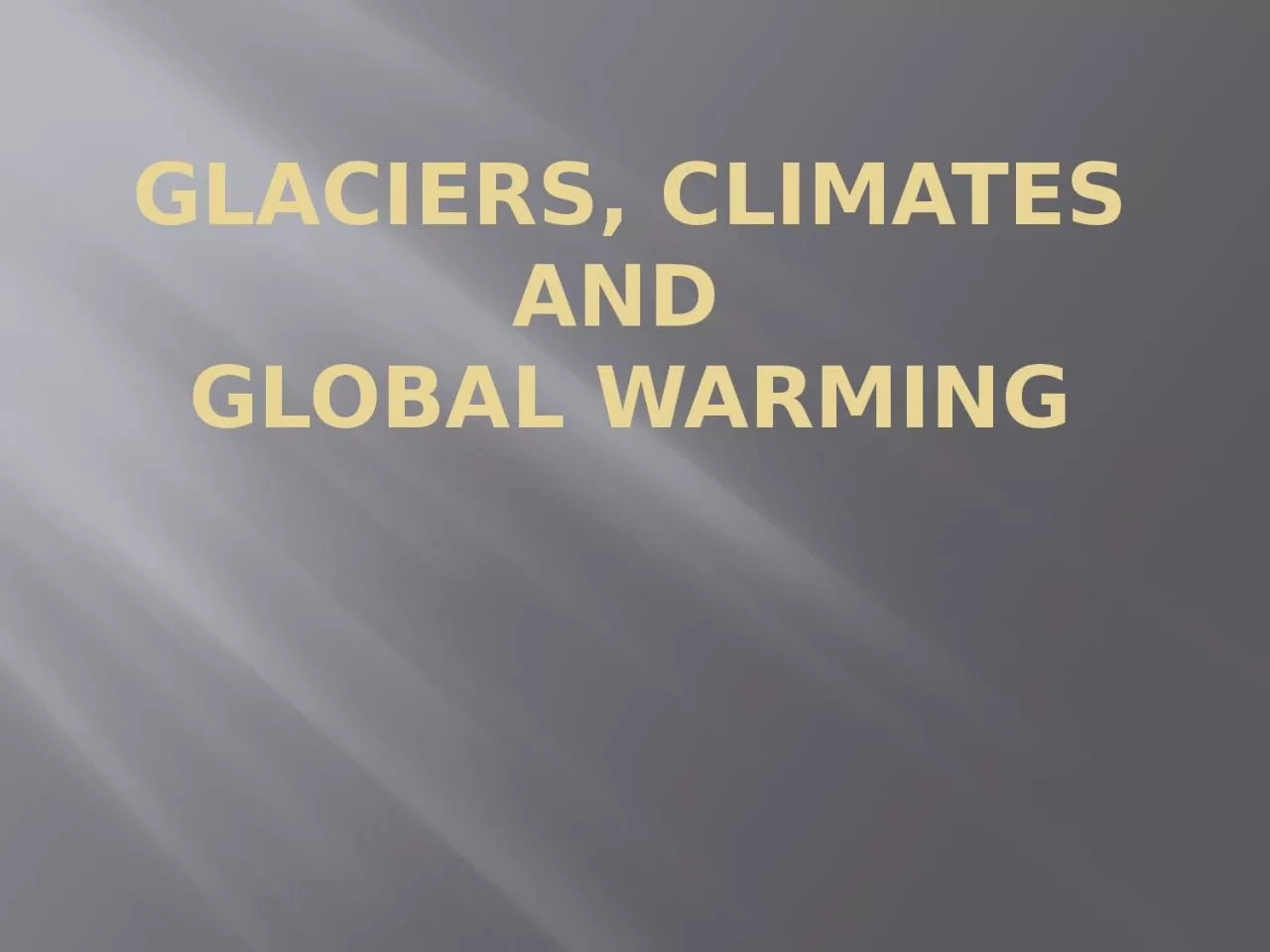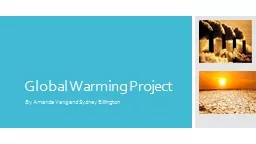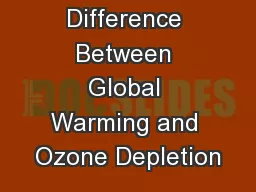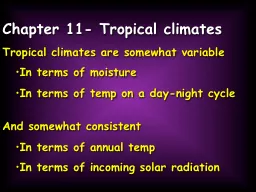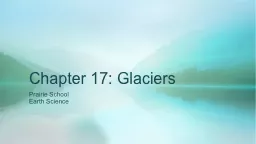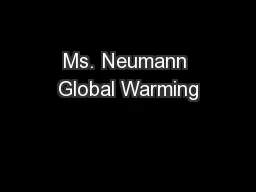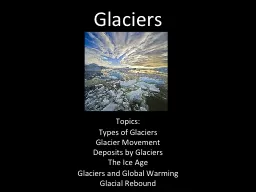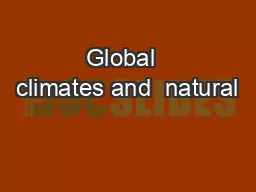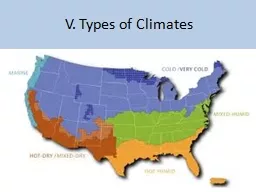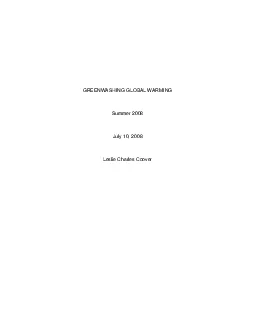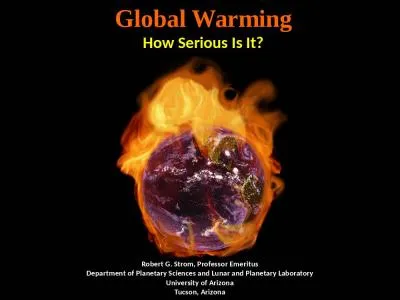PPT-Glaciers, Climates and Global Warming
Author : sophie | Published Date : 2023-10-26
Glaciers Large masses of ice that form on land for a number of years more snow falls in winter than melts in summer deform and flow due to their own weight force
Presentation Embed Code
Download Presentation
Download Presentation The PPT/PDF document "Glaciers, Climates and Global Warming" is the property of its rightful owner. Permission is granted to download and print the materials on this website for personal, non-commercial use only, and to display it on your personal computer provided you do not modify the materials and that you retain all copyright notices contained in the materials. By downloading content from our website, you accept the terms of this agreement.
Glaciers, Climates and Global Warming: Transcript
Download Rules Of Document
"Glaciers, Climates and Global Warming"The content belongs to its owner. You may download and print it for personal use, without modification, and keep all copyright notices. By downloading, you agree to these terms.
Related Documents

